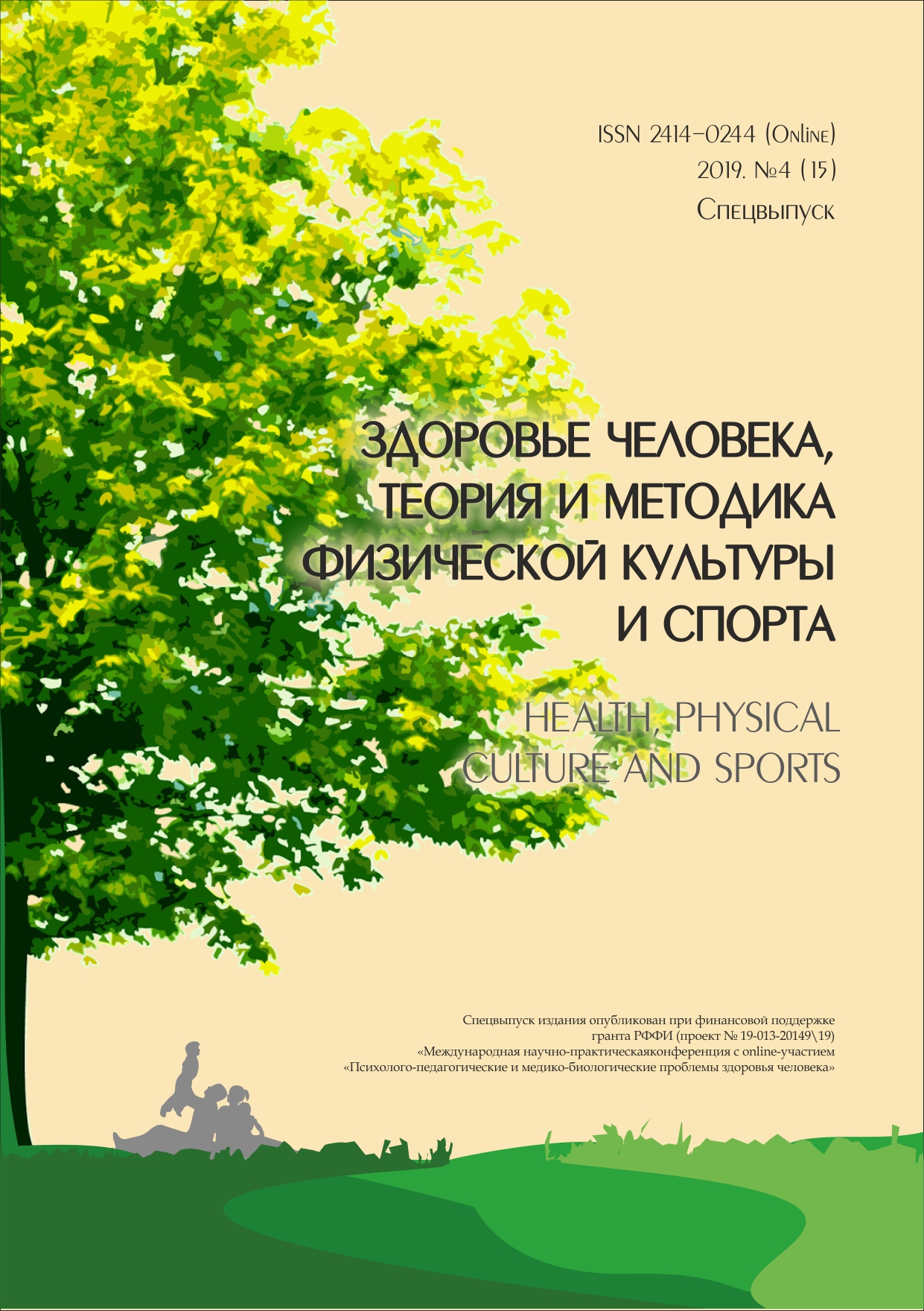DISABILITY OF THE CHILD POPULATION AS A MEDICAL AND SOCIAL PROBLEM
Abstract
In article the analysis of prevalence of children’s disability, age structure, the reasons inRussia and the Vologda region is presented on data of official statistics. The research showed that inRussia for 2010–2019 the number of disabled children increased by 35 %. Along with it the share ofthe full age disabled people belonging to the category of disabled people since the childhood grows.In age structure of children’s disability the largest specific weight is occupied by children at the age of8–14 (48 % of the number of disabled children till 18 flyings). In structure of diseases of the Russianchildren who caused primary disability mental disorders and disorders of behavior (25 %), diseasesof a nervous system (20 %) and congenital anomalies (18 %) prevail. Specific sets of the reasons ofdisability of the children’s population gain distribution. For example, progress of the last years ofmedical science in issues of increase in survival of newborns, promoted emergence of risk factorsof forming of disability among the children’s population. On data of regional monitoring “Studyingof conditions of forming of the healthy generation” which is carried out by Federal State BudgetaryInstitution of Science “Vologda Research Center of the Russian Academy of Sciences’ problems whichthe disabled child’s parents consisting in late diagnosis and a lack of knowledge of education anddevelopment face are revealed.
Downloads
References
Об утверждении государственной программы Российской Федерации «Доступная среда»: Постановление Правительства РФ № 363 от 29.03.2019 г./ Сайт Минтруда России. [Электронный ресурс]. URL: https://rosmintrud.ru/ministry/programms/3/0
О Правилах направления средств (части средств) материнского (семейного) капитала на приобретение товаров и услуг, предназначенных для социальной адаптации и интеграции в общество детей-инвалидов, путем компенсации затрат на приобретение таких товаров и услуг»: постановление Правительства Российской Федерации от 30.04.2016 г. № 380. [Электронный ресурс].URL: http://pro-materinskiy-kapital.ru/wp-content/uploads/2016/05/pravila-na-detej-invalidov.pdf
Качество молодого поколения в контексте модернизации России: монография / колл. авторов; под общ. ред. д. э.н. А. А. Шабуновой. Вологда: ИСЭРТ РАН, 2016. 235 с.
Росстат. [Электронный ресурс]. URL: http://www.gks.ru
Запарий С. П., Саликова С. И. Состояние первичной инвалидности у детей Омской области в период 2007–2011 гг. // Медико-социальные проблемы инвалидности. 2012. № 3. С. 74–78.
Инвалидность и социальное положение инвалидов в России / под ред. Т. М. Малевой. М.:Дело РАНХиГС, 2017. 256 с.
Основные показатели здоровья матери и ребенка, деятельность службы охраны детства и родовспоможения в РФ. М.: Министерства здравоохранения Российской Федерации, «Центральный научно-исследовательский институт организации и информатизации здравоохранения» Министерства здравоохранения РФ, 2018. С. 170.
Баранов А. А., Намазова-Баранова Л. С., Терлецкая Р. Н., Антонова Е. В. Проблемы детской инвалидности в современной России // Вестник РАМН. 2017. № 72 (4). С. 305–312.
Количество перинатальных центров доведут до 90 к 2020 году // МЕДВЕСТНИК. Портал российского врача. [Электронный ресурс]. URL: https://medvestnik.ru/content/news/Kolichestvoperinatalnyh-centrov-dovedut-do-90‑k-2020‑godu.html
Шабунова А. А. Здоровье населения в России: состояние и динамика: монография. Вологда: ИСЭРТ РАН, 2010. 408 с.
Соколовская Т. А., Азарко В. Е., Дмитриева О. В. Влияние алкоголизма родителей на формирование инвалидности у детей // Социальные аспекты здоровья населения. 2009. № 1. 9 с.
Лепесова М. М. Детская неврологическая инвалидность (Вопросы диагностики и профилактики) // Вестник Алматинского государственного института усовершенствования врачей. 2010. № 1 (9). С. 8–9.
Павлова С. В., Пальчик А. Б., Мартынова Н. В., Свинцов А. А. Инвалидность вследствие болезней нервной системы у детей раннего возраста: структура, причины, факторы риска // Журнал Алматинского государственного института усовершенствования врачей. 2010. № 1 (9). С. 45–46.
Prenatal developmental origins of behavior and mental health: The influence of maternal stress in pregnancy. Bea R H Van den Bergha, Marion I van den Heuvel, Tessa Roseboom, Katri Räikkönend, Suzanne Kingk, Matthias Schwab. Neuroscience and Biobehavioral Reviews. 2017 [Электронный ресурс]. URL: https://doi.org/10.1016/j.neubiorev.2017.07.003.
Prenatal and Perinatal Risk Factors for Autism: a Review and Integration of findings. Kolevzon A; Gross R, Reichenberg A., Arch Pediatr Adolesc Med. 2007. 161 (4):326–333. DOI:10.1001/archpedi.161.4.326.
Доклад по итогам мониторинга эффективности реализации Национальной стратегии действий в интересах детей на 2012–2017 годы. Т. I / сост. Г. В. Семья, И. Е. Калабихина, А. М. Спивак, Е. И. Цымбал, А. В. Кучмаева, Н. Г. Зайцева, А. А. Шведовская; под науч. ред. В. В. Рубцова, Г. В. Семья. М.: Издание Совета Федерации, 2018. 272 с.
An author should not normally publish manuscripts describing essentially the same research in multiple journals or publication venues. Such redundant publication is generally considered to constitute unethical publishing behavior, and if discovered may result in a manuscript under consideration being rejected, or a published article being retracted.
Authors of manuscripts reporting on original research should present an accurate account of the work performed, accompanied by an objective discussion of its significance. Underlying data should be represented accurately in the manuscript. The manuscript should contain sufficient detail and references to permit others to replicate the work. The fabrication of results and the making of fraudulent or knowingly inaccurate statements constitute unethical behavior and may be cause for rejection or retraction of a manuscript or published article.





